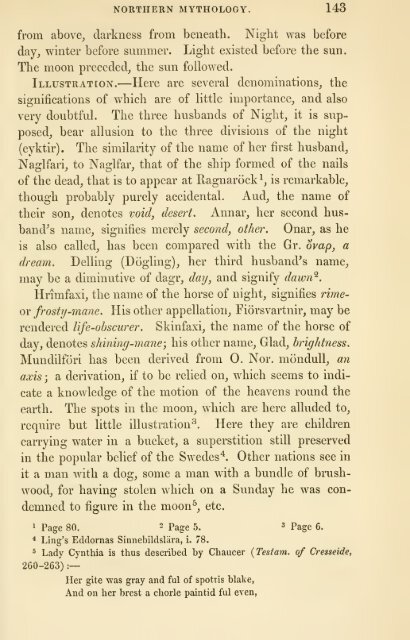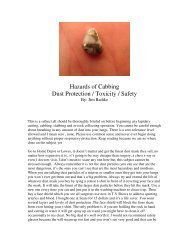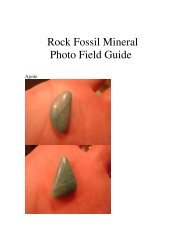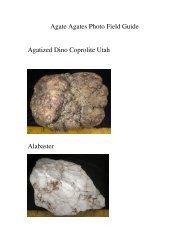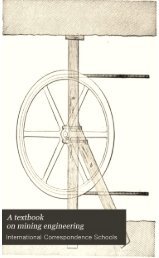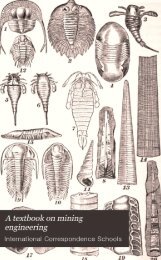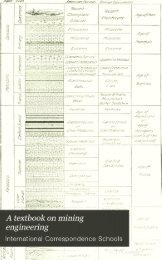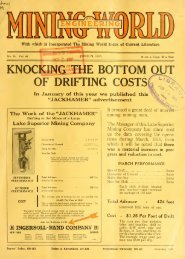Northern mythology
You also want an ePaper? Increase the reach of your titles
YUMPU automatically turns print PDFs into web optimized ePapers that Google loves.
NORTHERN MYTHOLOGY. 143<br />
from above, darkness from beneath. Night was before<br />
day_, winter before summer. Light existed before the sun.<br />
The moon preceded, the sun followed.<br />
Illustratcgn.— Here are several denominations, the<br />
significations of which are of little importance, and also<br />
very doubtful. The three husbands of Night, it is supposed,<br />
bear allusion to the three divisions of the night<br />
(eyktir). The similarity of the name of her first husband,<br />
Naglfari, to Naglfar, that of the ship formed of the nails<br />
of the dead, that is to appear at Ragnarock^, is remarkable,<br />
though probably purely accidental. Aud, the name of<br />
their son, denotes void, desert. Annar, her second husband^s<br />
name, signifies merely second, other. Onar, as he<br />
is also called, has been compared with the Gr. ovap, a<br />
dream. Celling (Dogling), her third husband's name,<br />
may be a diminutive of dagr, day, and signify dawn'^.<br />
Hrimfaxi, the name of the horse of night, signifies rimeor<br />
frosty-mane.<br />
rendered life-obscurer.<br />
His other appellation, Fiorsvartnir, may be<br />
Skinfaxi, the name of the horse of<br />
day, denotes shining-mane-, his other name. Glad, brightness.<br />
Mundilfori has been derived from 0. Nor. mondull, an<br />
axis ;<br />
a derivation, if to be relied on, which seems to indicate<br />
a knowledge of the motion of the heavens round the<br />
earth. The spots in the moon, which are here alluded to,<br />
require but little illustration^. Here they are children<br />
carrying water in a bucket, a superstition still preserved<br />
in the popular belief of the Swedes'^.<br />
it<br />
Other nations see in<br />
a man with a dog, some a man with a bundle of brushwood,<br />
for having stolen which on a Sunday he was condemned<br />
to figure in the moon^, etc.<br />
1<br />
Page 80. "<br />
Page 5. 3 Page 6.<br />
* Ling's Eddornas Sinnebildslara, i. 78.<br />
^ Lady Cynthia is thus described by Chaucer (Tesfam. of Cresseide,<br />
260-263) :—<br />
Her gite was gray and ful of spottis blake,<br />
And on her brest a chorle paintid ful even,


